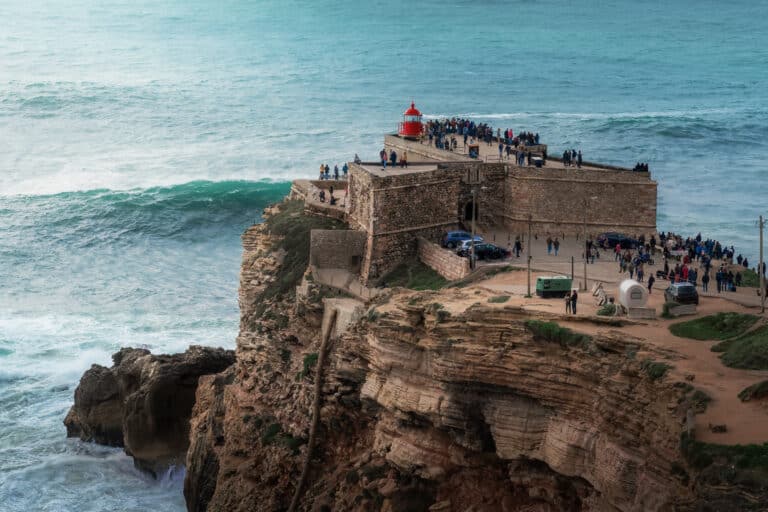14 Best Places to Visit in Portugal (+ Hidden Gems)
What are the best places to visit in Portugal?
Here are my top picks of the best places to visit in Portugal
Portugal is a great choice for your next trip. It has everything: historic cities to wine country, stunning beaches, islands, pilgrimage sites, ecotourism and so much more. If you’re planning a trip and wondering where to go, you’re in the right place. This article will cover some of the best places to visit in Portugal, from its famous destinations to its hidden gems, and tell you precisely what you can expect in each.

Hi! I’m Anya, founder of the travel blog Stop Going to Paris which focuses on underrated cities in Europe. I’m a passionate traveler but above all, a passionate adventurer always looking for the hidden gems that deserve more love.
After 10 years and 70+ destinations, I can help you plan your European trip: book a call with me. It includes a full itinerary with unique destinations, transportation, accommodation and activities.
Fun fact, I live in… drumroll… Paris! That’s why the name of the blog is funny.
Nazaré – surfing and extreme sports
Nazaré is a fishing village renowned for its beautiful beaches and being Europe’s hotspot for some of the biggest surfable waves in the world. This town is a highlight for any Portugal trip: there is nothing better than visiting the lighthouse to view the giant waves, doing a dolphin safari, exploring the traditional neighborhoods like Sitio and enjoying the local seafood cuisine at beachfront restaurants. The more adventurous can try extreme sports like surfing on the biggest waves ever recorded or trips to the tumultuous Nazaré Canyon.
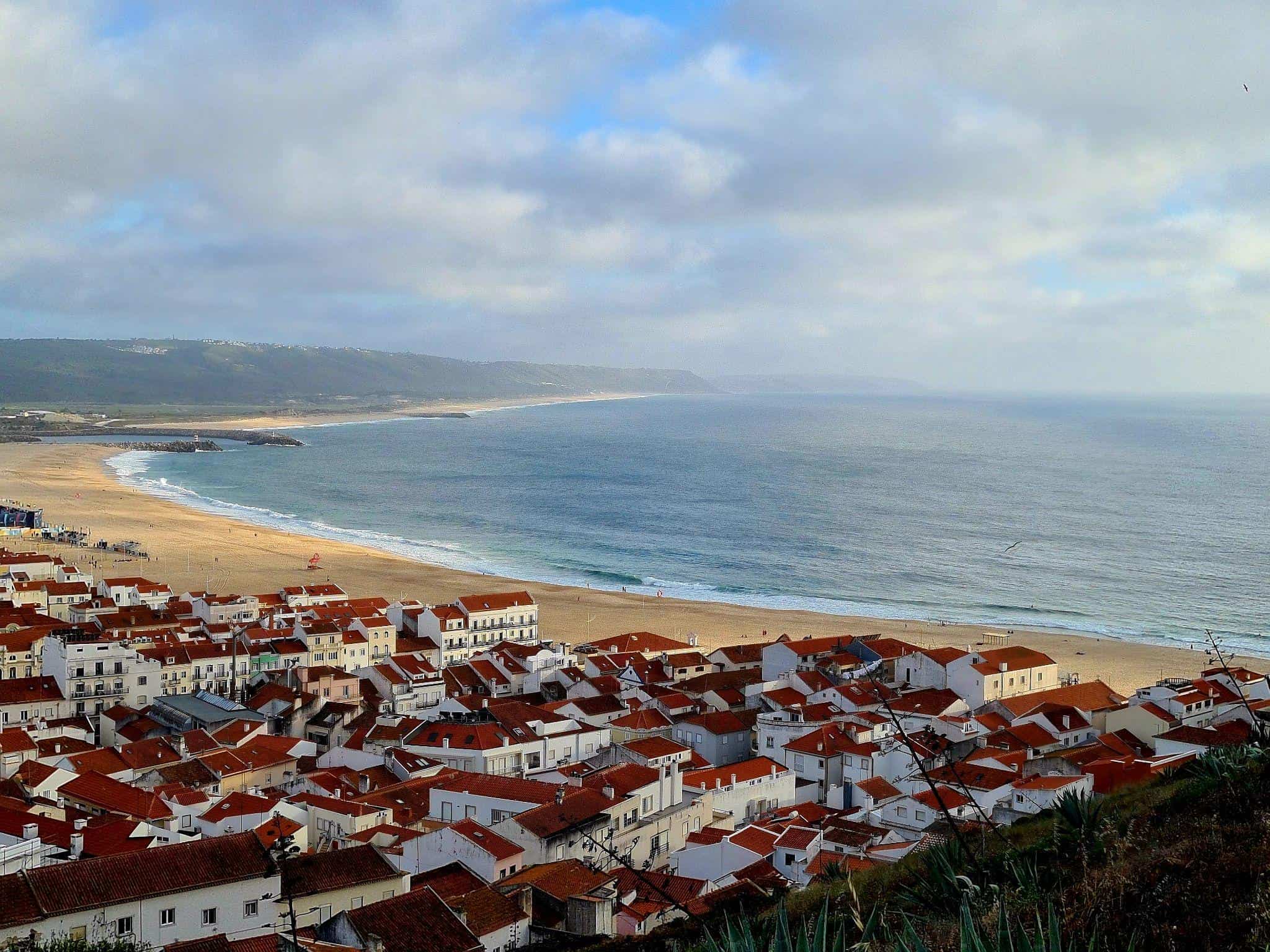
Lisbon – history
Lisbon is known for its unique charm, with hilly streets offering views of the Tagus River and the sound of Fado music in the background. Must-sees attractions include the Jerónimos Monastery and Belém Tower, important for their Gothic architecture and historical significance related to Portugal’s age of exploration.
My own personal favorite things to visit in Lisbon were the destroyed Gothic Church of Our Lady of Mount Carmel and the Alfama district. Amalfa Lisbon’s oldest neighborhood, known for its VERY narrow streets (trust me you’re not prepared), historic buildings, and the São Jorge Castle that overlooks the city.
For something that’s more of a modern Lisbon vibe, the LX Factory is it: it’s a cultural and creative hub located in a refurbished industrial complex, a mix of art studios, quirky shops, and trendy eateries.
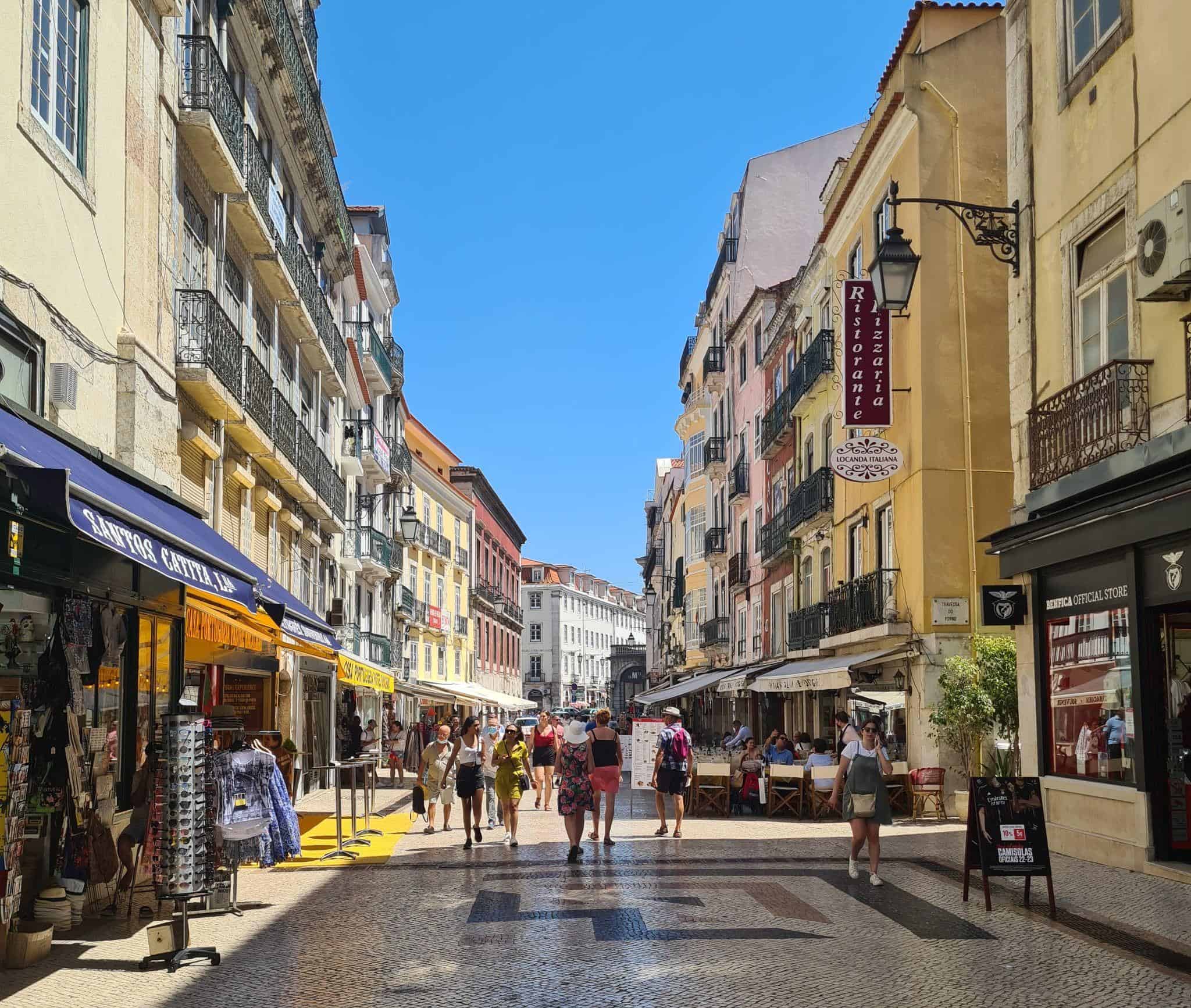
Évora – eclectic history
Évora is one of my favorite cities in Portugal: so rich in history, so beautiful as well. It has an interesting vibe you won’t find anywhere else in the country thanks to two major landmarks: a Roman temple (a rare sight in Portugal) and a chapel unlike any other.
The city is indeed home to the ruins of a Roman Temple from the 1st century, yet another UNESCO World Heritage site, being one of the most significant Roman landmarks in Portugal.
The Chapel of Bones is a completely different story – it is a historical chapel lined with the skulls and bones of 5000 monks. Haunting but fascinating!
The city of Evora is part of the Alentejo region, famous famed for its wine and cuisine. When you’re there, take the opportunity to book a gastronomy tour, to try everything from traditional dishes like açorda to Alentjo wine with complex flavors.

Porto – history and wine
The city is known for Port wine, a fortified wine exclusively produced in the Douro Valley of Portugal that has grown in popularity worldwide in the 17th century. So of course, a trip to Porto wouldn’t be complete without a wine tour, best enjoyed in one of the many cellars around the Douro River.
The city itself is like an aged bottle of wine (to stay in the theme) – rich, full of character and very much unforgettable. The Ribeira District is lovely to wander through, with its narrow, cobbled streets and brightly colored houses. The Livraria Lello bookstore, rumored to have inspired J.K. Rowling, is a must-visit for its exquisite neo-Gothic façade and ornate interior. The city’s seaside district, Foz do Douro, combines the best of urban and beach life, where one can enjoy seaside walks, beachfront cafes, and stunning sunsets over the Atlantic.
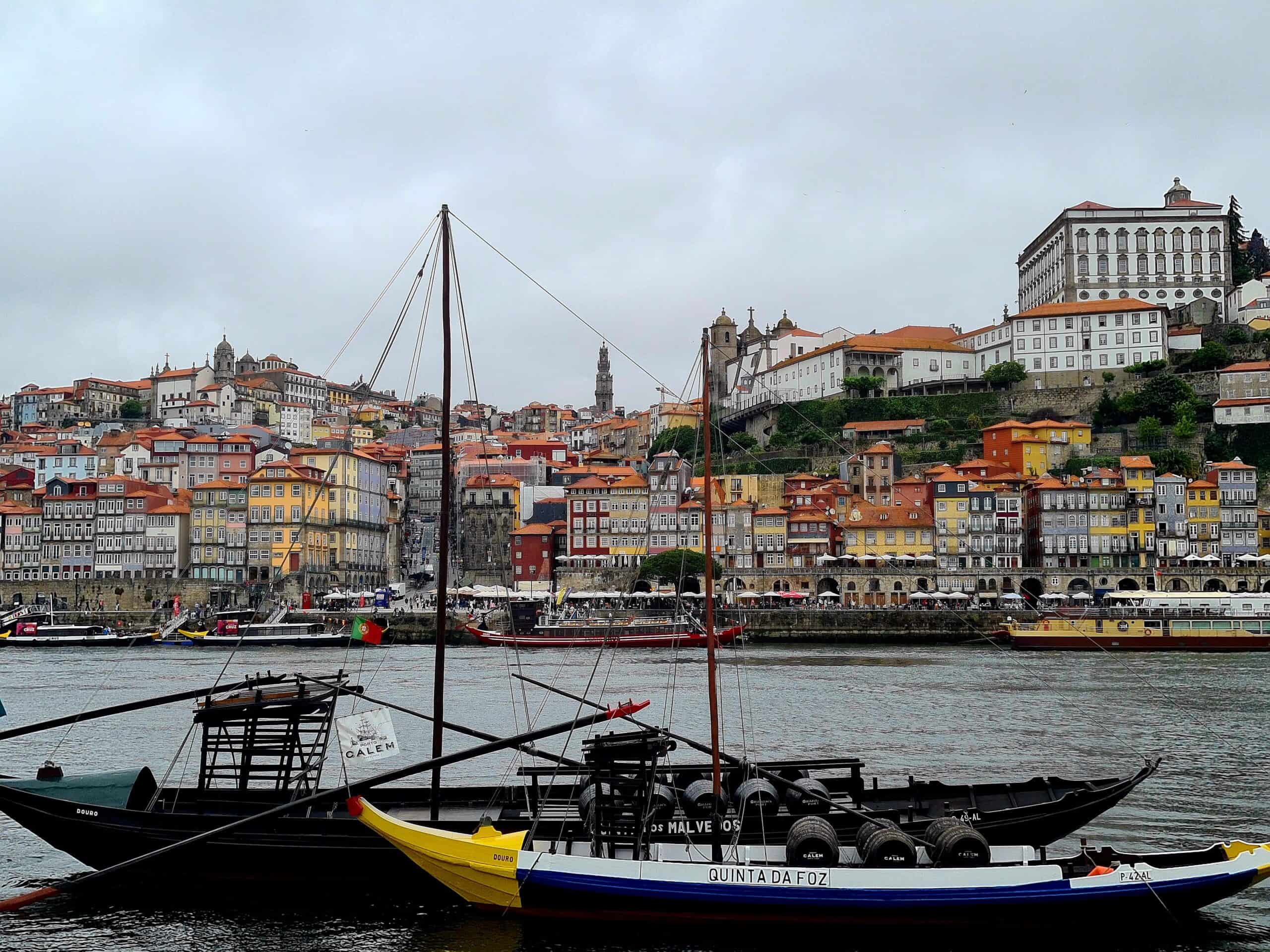
Douro Valley – nature and wine
Speaking of wine, no trip to Portugal would be complete without exploring the Douro Valley, the birthplace of Port wine. The terraced vineyards that line the Douro River are a UNESCO World Heritage site and offer some of the most stunning landscapes in Portugal. When there, you MUST try a wine-tasting tour. You can book a wine-tasting tour from Porto as a day trip, or you can make it a whole trip on its own by following along the River and going from winery to winery and domain to domain. It’ll allow you to explore the world of wine production, taste a wide range of varieties, learn to identify them and discover all the secrets of a good Port wine. A must!
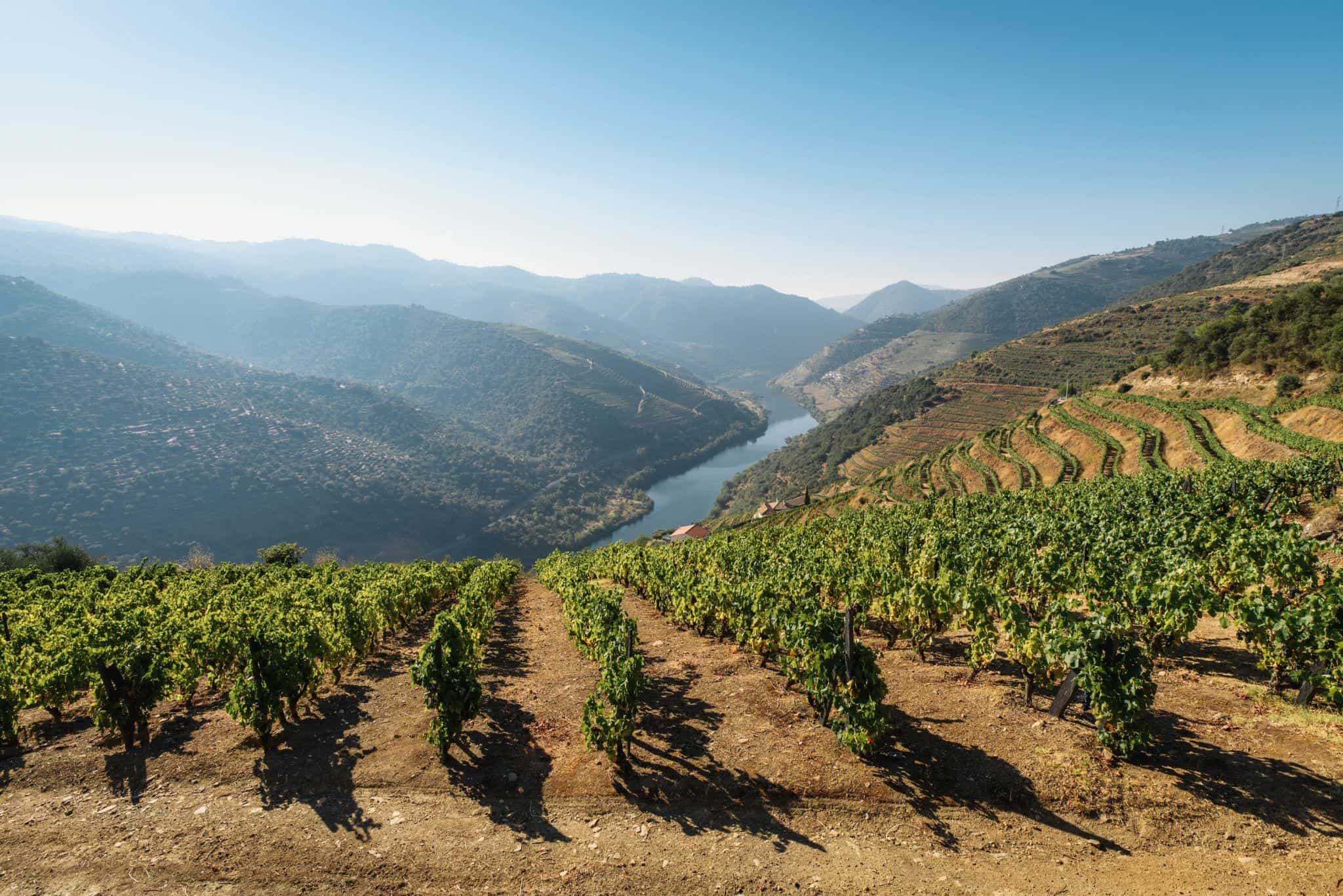
Miranda do Douro – science and sustainable tourism
Located in the northeastern part of Portugal, at the very border with Spain, Miranda do Douro is known for its impressive gorges, the Douro River, and a unique cultural atmosphere that includes the Mirandese language and traditions. Key things to do include the Co-cathedral of Miranda do Douro and the main Castle. But of course, the main attraction remains the visit of the International Biological Station through several ecotourism tours: the environment cruises of Arribes del Duero (travel through the gorges) and Sanabria Lake (travel to a glacier lake), the “Meseta Ibérica” Biosphere Reserve experiences and the gastronomic tours.
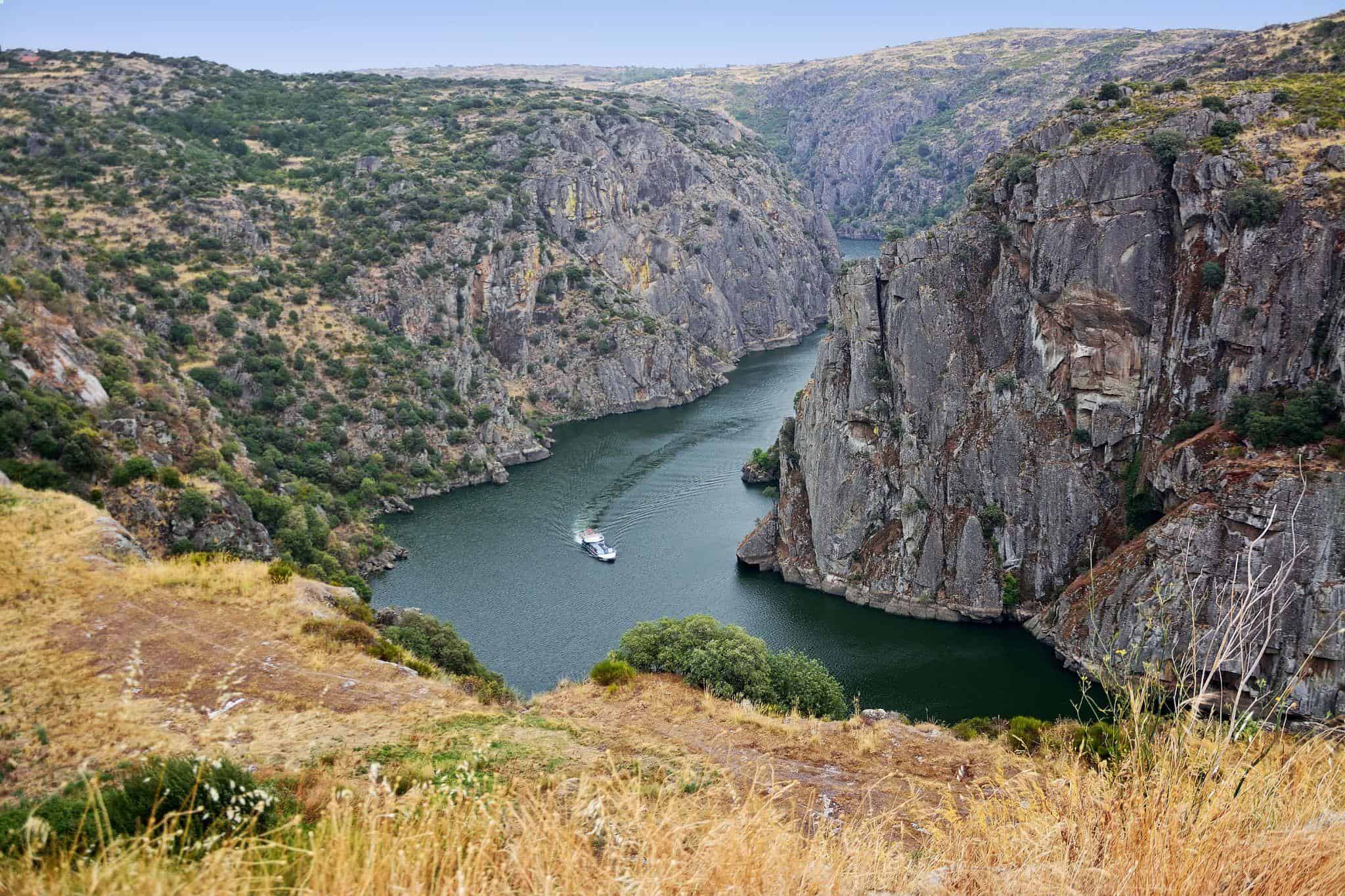
Sintra – fairytale atmosphere
Sintra is very much a fairytale-like city, with majestic palaces and mysterious forests. The Pena Palace, in its vibrant yellow and red colors and panoramic views, is a fantastic sight. Quinta da Regaleira is another palace that is home to a garden filled with hidden tunnels and enchanting wells that could be straight out of a storybook. Beware of the castles’ closing times, very often people will be stuck there because the places will close and they won’t realize. I would know, it happened to me! I got stuck in the Castle of the Moors. But it ended up being a magical moment: with the hills so high, I was above the clouds. Isn’t that something?
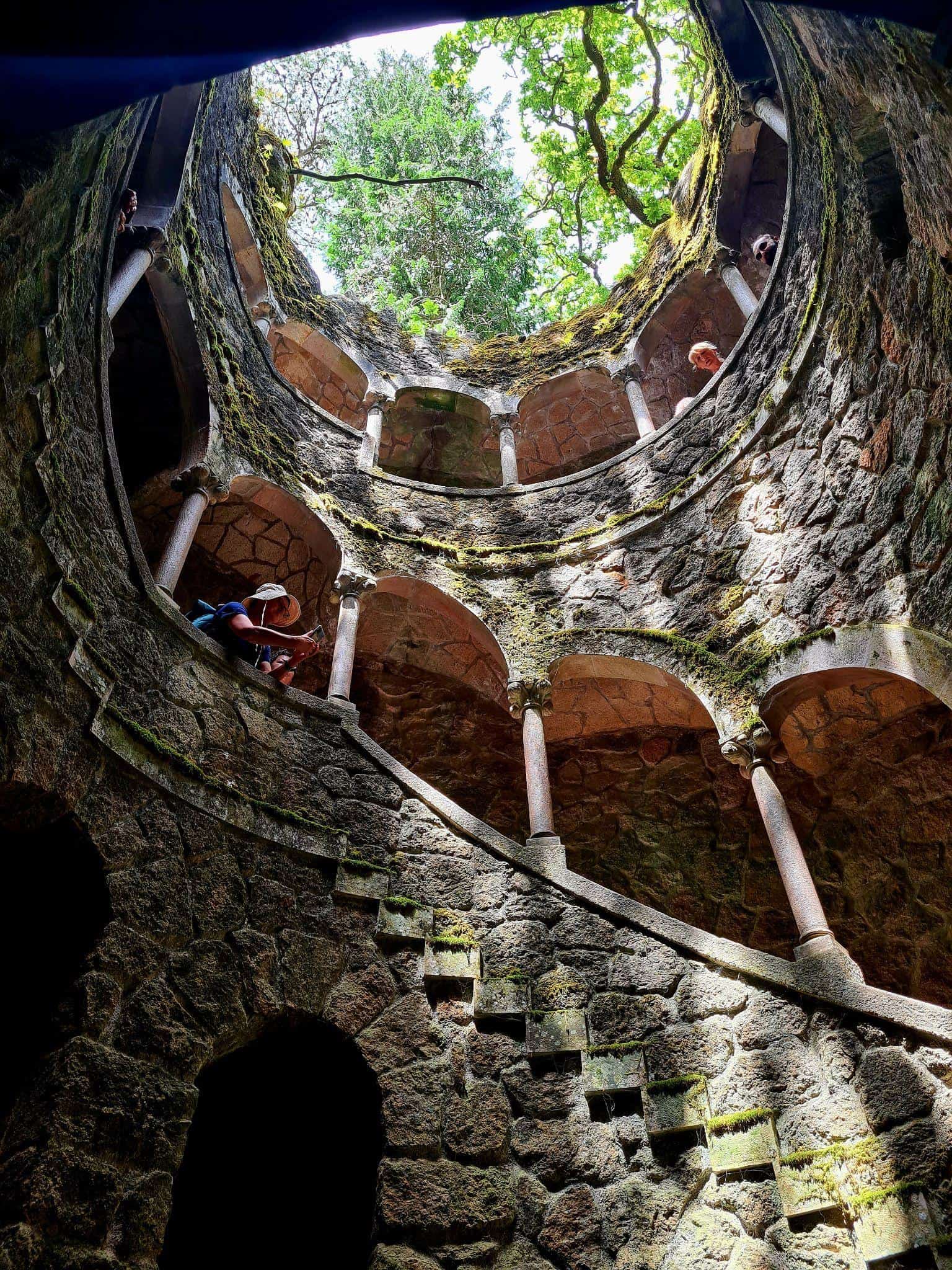
Fátima – religious and spiritual awakening
Fátima is known worldwide as a significant pilgrimage site for Catholics, welcoming millions of pilgrims every year to pray at the Sanctuary of Our Lady of Fátima after it gained fame from the 1917 apparitions of the Virgin Mary reported by three local shepherd children. Being very close to Nazaré, you can cycle from Nazaré to Fátima on the Paths of Faith, following the same trails as these pilgrims.
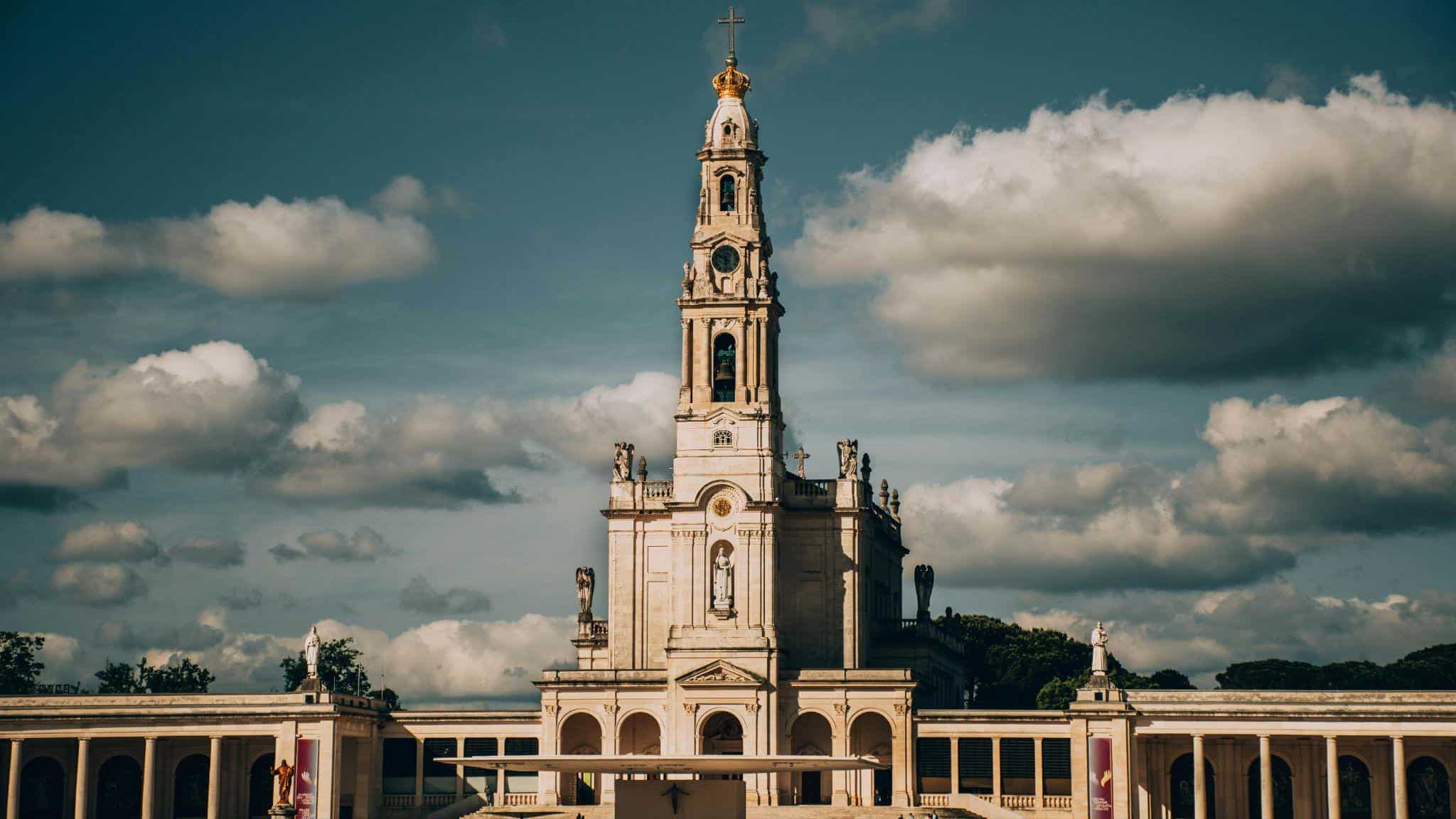
Cascais – classic coastal town experience
Cascais is a cute coastal town with beautiful sand beaches, a lively marina, and elegant architecture. Due to its proximity with Lisbon, it is a popular day trip destination as well as a retreat for locals. The old town contains an array of shops, cafes, and seafood restaurants – in many ways, the essence of Portuguese coastal life. The museum Condes de Castro Guimarães is an interesting visit as well, very beautiful manor with a private beach.
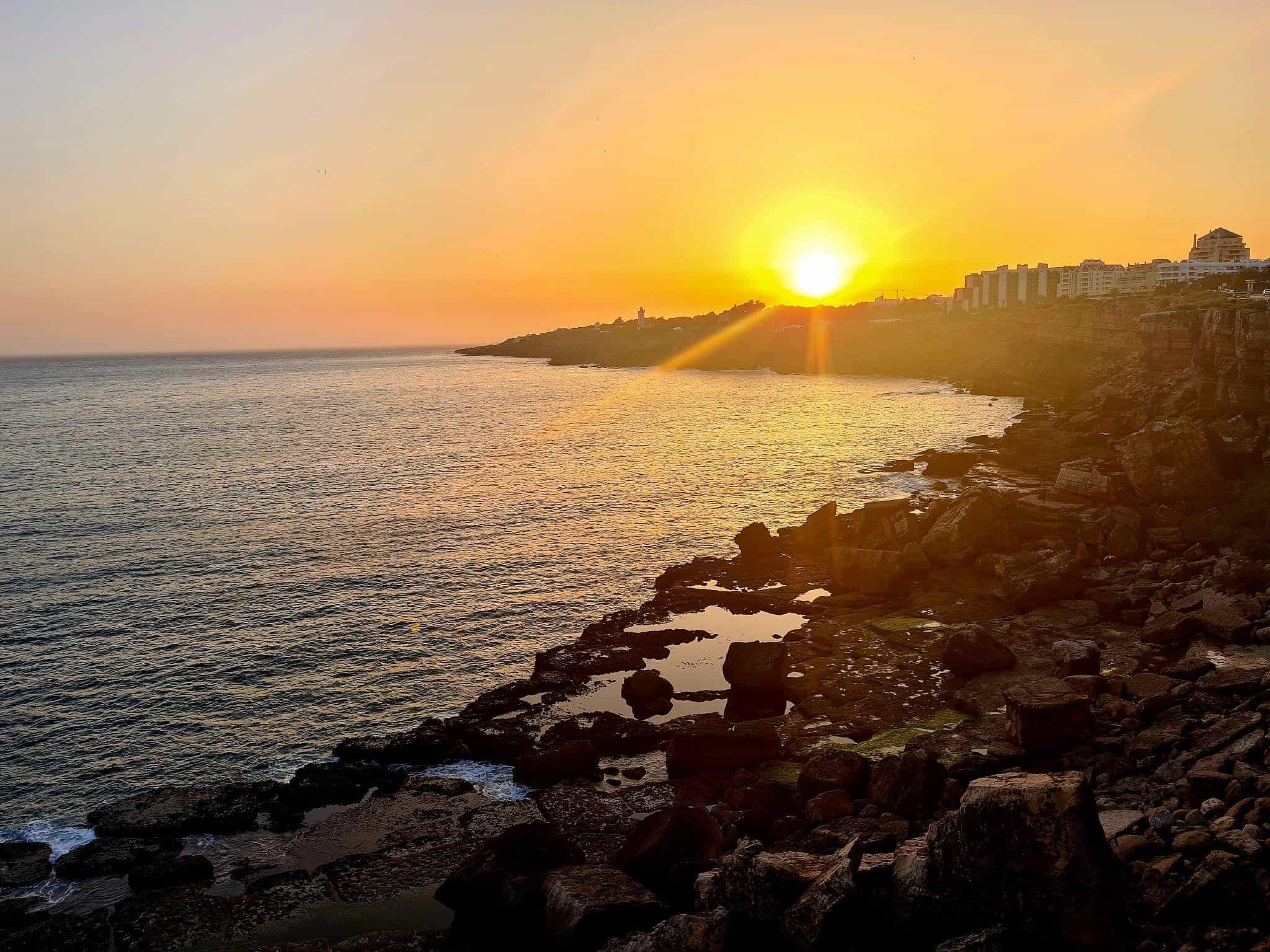
The Algarve – beach and summer fun
The Algarve region is synonymous with summer and beach fun. It is best described as endless stretches of golden beaches, with waves crashing against the most dramatic cliffs. For summer enthusiasts like me, the Algarve is paradise: whether it’s surfing the waves of Sagres, exploring the hidden coves of Lagos, or soaking up the sunshine in Albufeira, it’s all good and glorious.
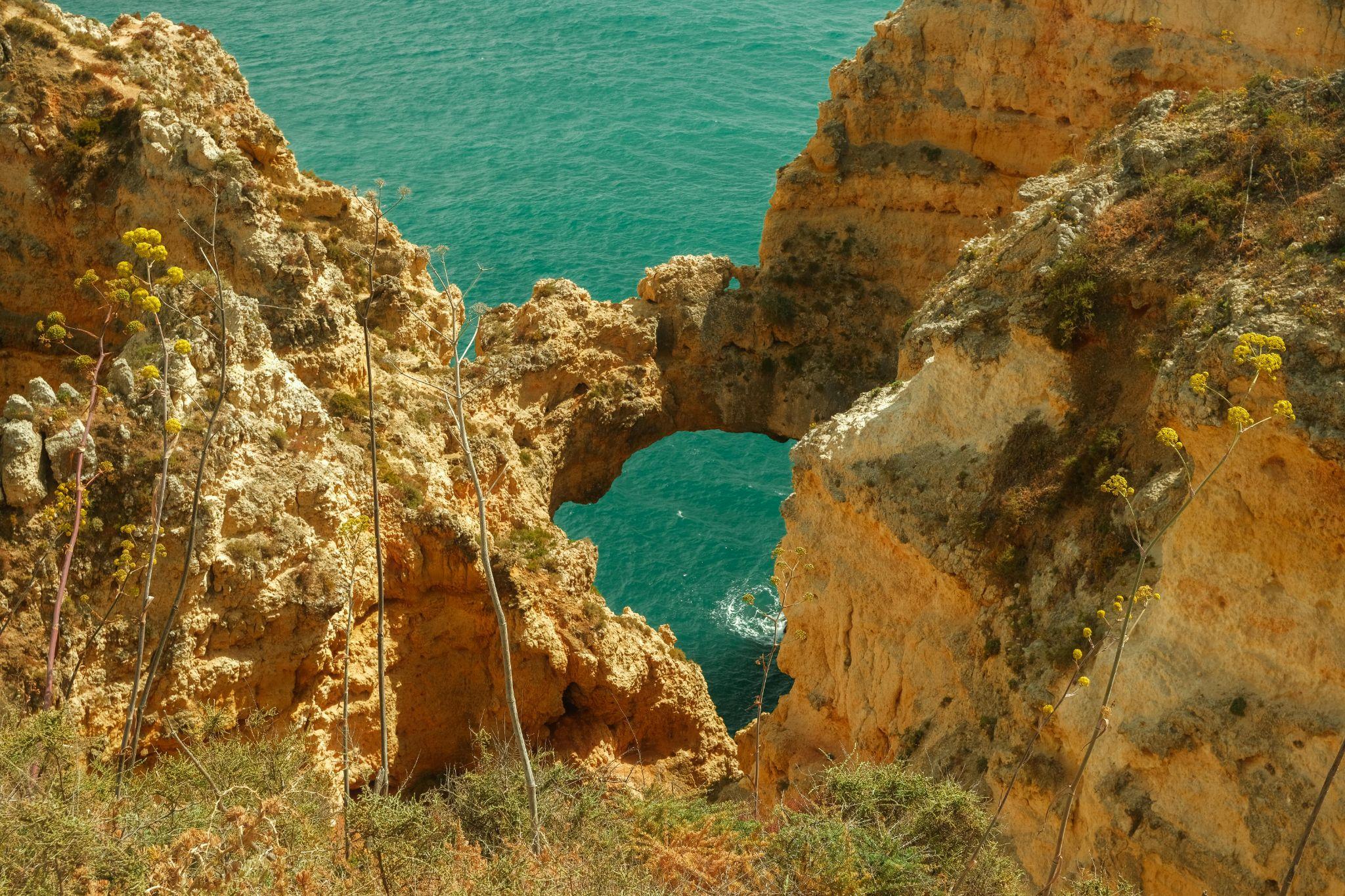
Madeira – Hawaii-like island
You might have heard it before: Madeira is the Hawaii of Europe. And it is true: like Hawaii, it is an island where the climate is mild and beautiful all year round, as well as a heaven for lovers of nature and hiking. Like Hawaii, this island is an explosion of color, from the deep blues of the ocean to the beautiful colors of its exotic flowers. Hiking along the levadas (irrigation channels) of the Pico Ruivo hike offers breathtaking views of the landscape, truly an experience.
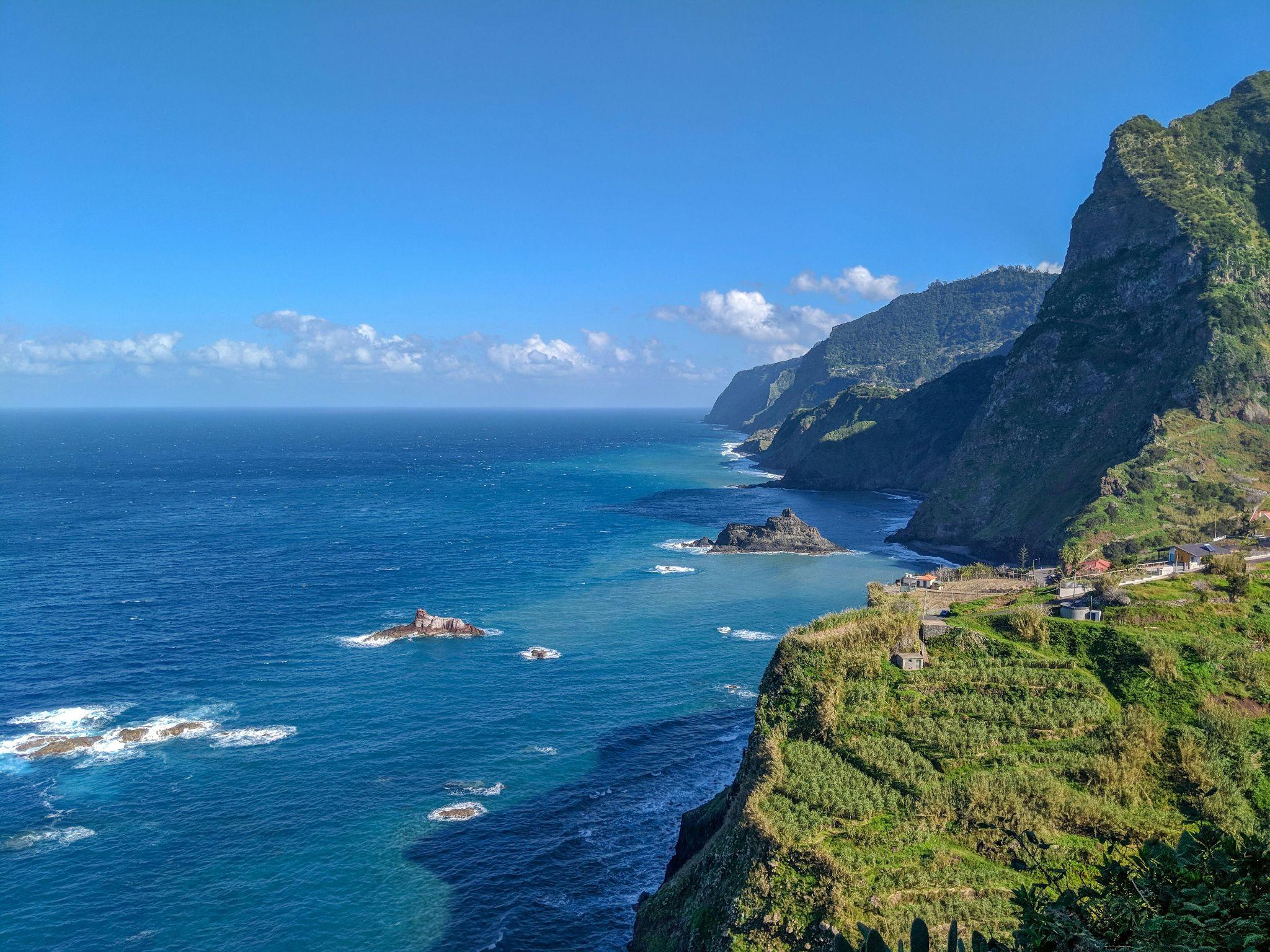
Aveiro – Venice-like city
Known as the “Venice of Portugal”, Aveiro has earned that nickname: it has an impressive network of canals that you can only navigate via the moliceiros, boats similar to Venice’s gondolas. It’s a lively coastal town, with interesting Art Nouveau and Romanesque architecture. The town is also known for its traditional sweets, like Ovos moles de Aveiro, a mix of egg yolk, sugar and chocolate – I promise it’s tastier than it sounds!
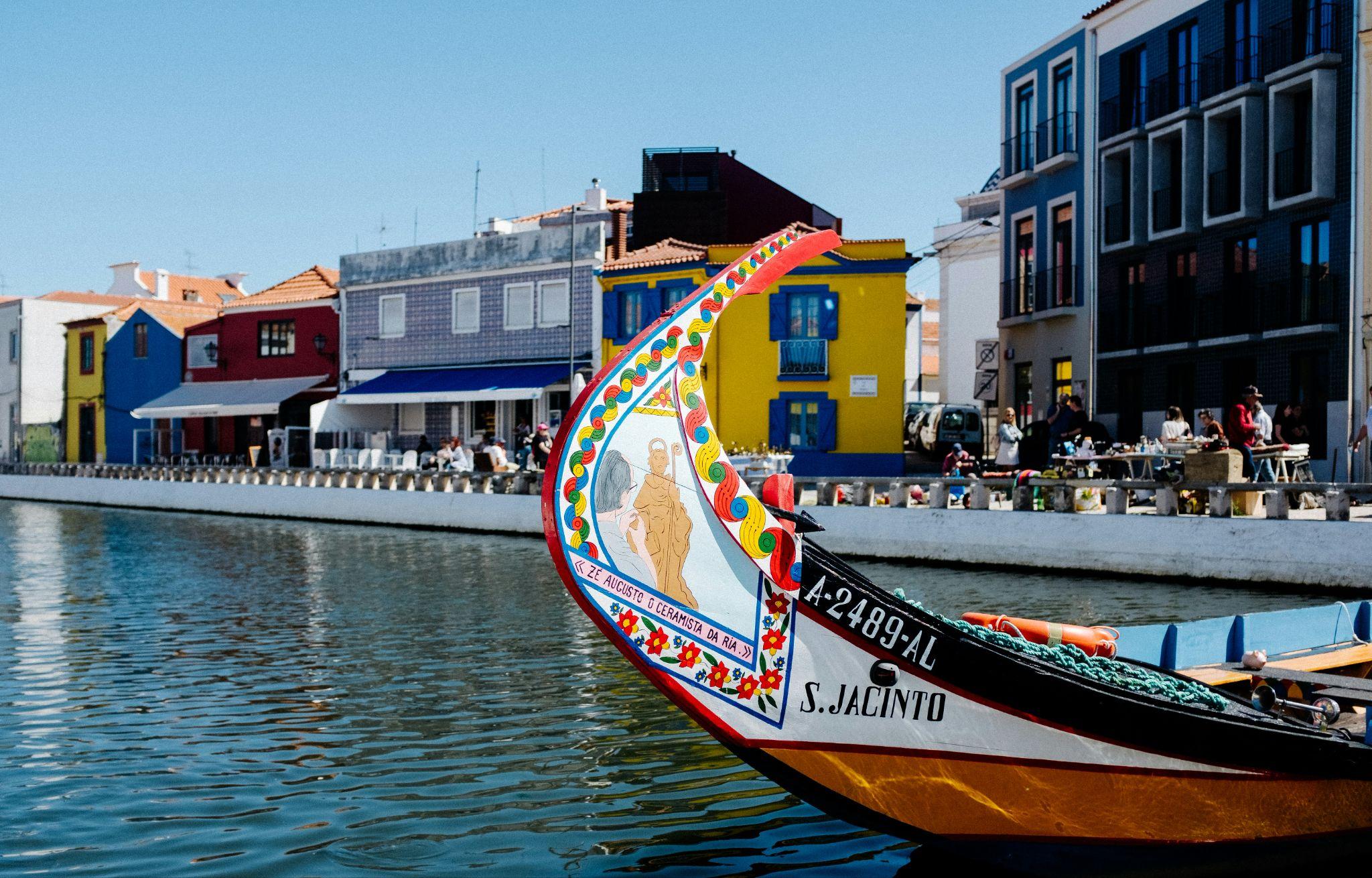
Obidos – medieval town
Obidos is a popular medieval town with fortifications and cobblestone streets, whitewashed houses, and colorful bougainvillea everywhere. It’s famous for its cherry liqueur, Ginjinha, often served in chocolate cups. While very pretty, I’ll be honest: the city is not anything special or different from other medieval towns in Europe. I would recommend you do it only if you’re already in the surroundings and need to fill an afternoon. I added it to the list anyway, because lots of people do like it – it’s not my cup of tea but it might very well be yours!
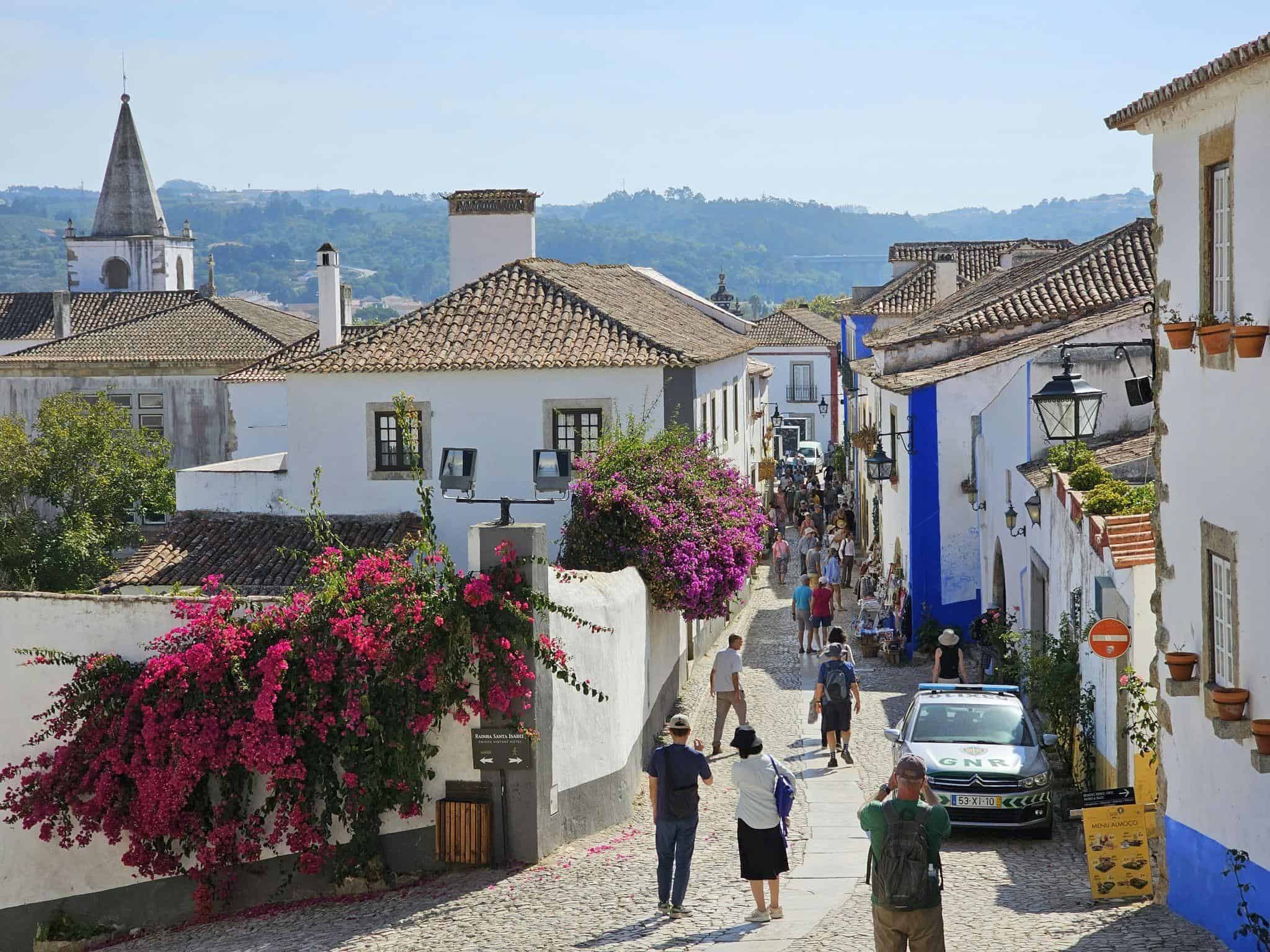
Peneda-Gerês National Park – nature
An hour and a half from Porto, Peneda-Gerês is Portugal’s only national park. It’s the perfect place for nature enthusiasts: lakes, waterfalls, and a variety of wildlife – a good escape from city life.
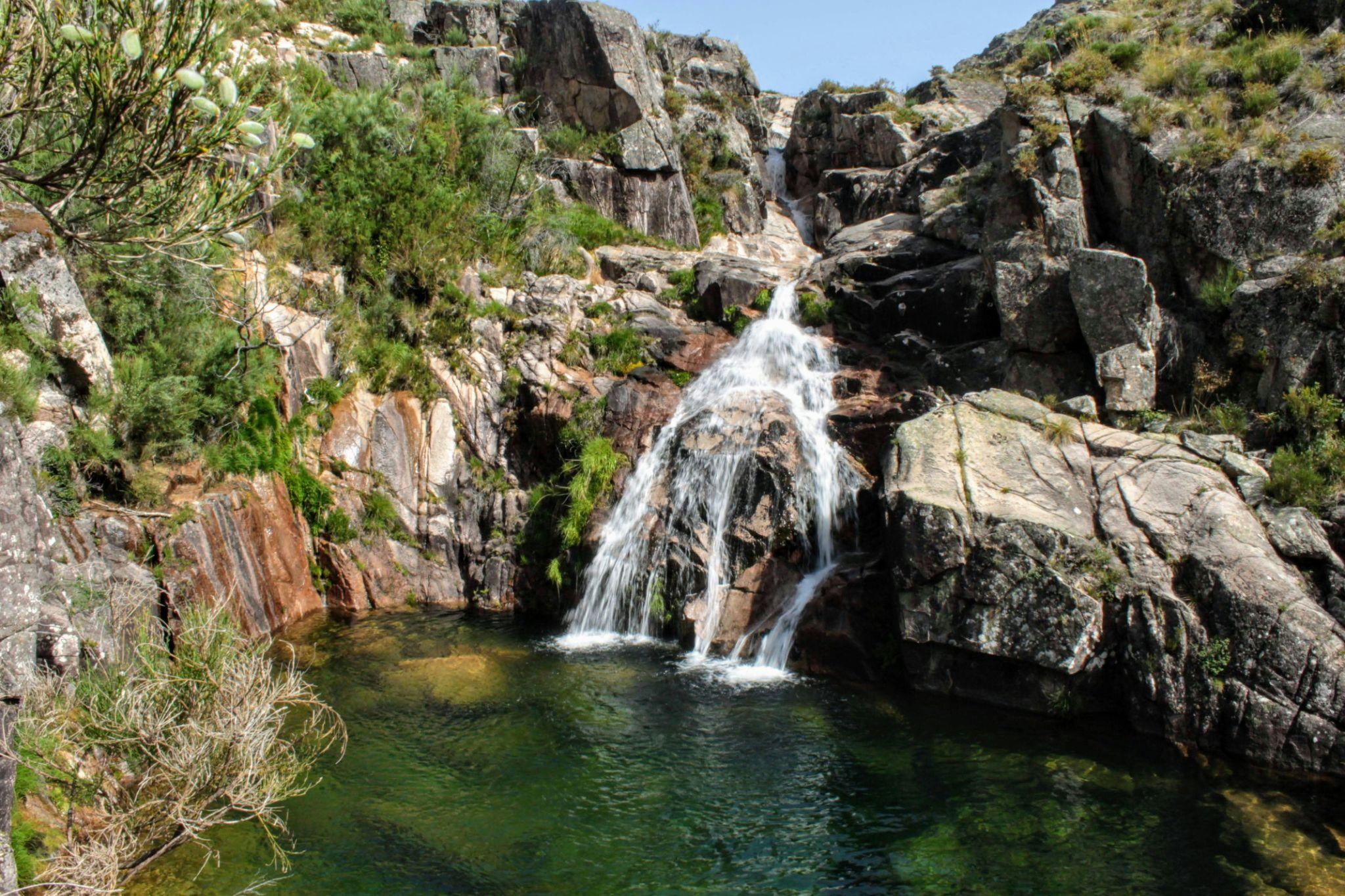
Conclusion
Portugal’s beauty isn’t just in its famous cities but also in the hidden gems scattered across the country. The country is well worth a trip, and a long one if you can make it: from the big waves in Nazaré to the historic vibes of Lisbon and Porto, the stunning nature of the Douro Valley and the island life in Madeira the Azores, there’s so much to see. Each place truly brings its own flavor. With this list of best places to visit in Portugal, you should be able to make a good itinerary!
FAQs
What is the best time to visit Portugal?
The best time to visit Portugal is during the spring (March to May) and autumn (September to November) months. During these times, the weather is beautiful and the tourist spots are less crowded compared to the peak summer months.
Can you travel around Portugal easily without a car?
Yes, Portugal has an extensive public transportation system, including trains and buses, which makes it relatively easy to travel between major cities and tourist destinations without a car. For more remote areas, especially in the Algarve or some islands, renting a car might be more wise since you will need flexibility.
What are some must-try foods in Portugal?
Some must-try dishes include Bacalhau (codfish), which is prepared in numerous ways, the iconic Pastéis de Nata (custard tarts), Francesinha (a unique sandwich from Porto), and a variety of seafood dishes, reflecting the country’s strong connection to the sea.
Is Portugal a budget-friendly destination?
Portugal is the most budget-friendly destination in Western Europe. Accommodation, food, and transportation are more affordable compared to other Western European countries.
How many days are ideal for a Portugal trip?
To get a good overview of Portugal, including visits to Lisbon, Porto, and a few other destinations like Sintra or the Algarve, a trip of around 10 to 14 days is ideal. Less than that and it will be too rushed.

